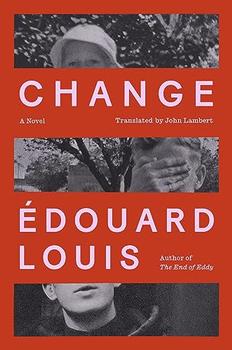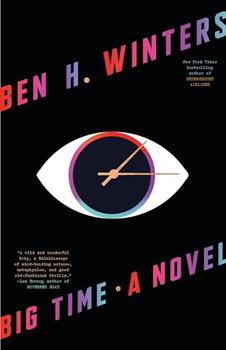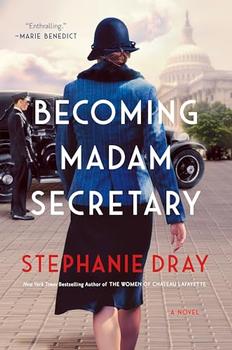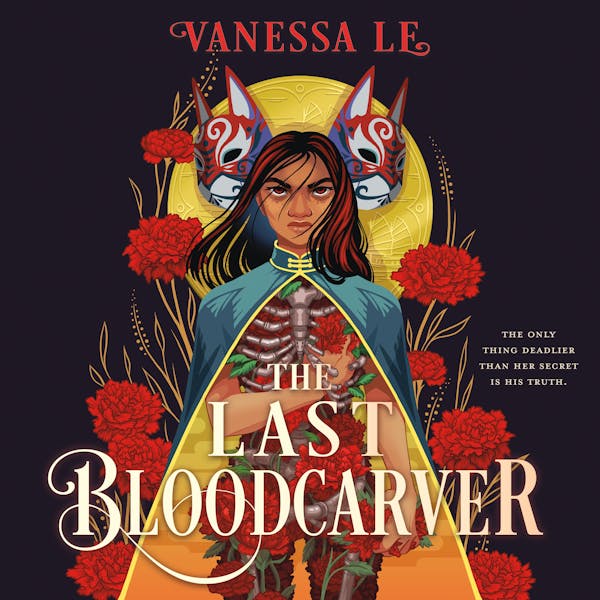Summary | Excerpt | Reviews | Beyond the Book | Read-Alikes | Genres & Themes | Author Bio

Critics' Opinion:
Readers' Opinion:
First Published:
Apr 2013, 336 pages
Paperback:
Apr 2014, 352 pages
 Book Reviewed by:
Book Reviewed by:
Elizabeth Whitmore Funk
Buy This Book
This article relates to Gulp
Gulp is a book about the digestive system. Describe it this way and your friends are probably unlikely to read it. But if they're aware of the ways Mary Roach approaches her content by incorporating anecdotes, focusing on the unusual details, and including the memorable characters who have peppered her research, the whole experience becomes much more worthwhile.
 The genre of popular science writing lies between academic literature and personal narrative. While Roach's particular brand of quirkiness is unique, a growing number of popular science writers are making the genre accessible to millions of readers. Among the contemporaries are Oliver Sacks, Dr. Atul Gawande and even Bill Bryson, who while more commonly perceived as a travel writer, has strong science writing credentials as well.
The genre of popular science writing lies between academic literature and personal narrative. While Roach's particular brand of quirkiness is unique, a growing number of popular science writers are making the genre accessible to millions of readers. Among the contemporaries are Oliver Sacks, Dr. Atul Gawande and even Bill Bryson, who while more commonly perceived as a travel writer, has strong science writing credentials as well.
All these writers distinguish themselves by making science accessible to the layperson. Take for instance, Malcolm Gladwell, a staff writer at The New Yorker, whose technique of using anecdotal evidence while minimizing jargon, enables his work to be both understood and enjoyed by a large audience. Gladwell's many successful books include The Tipping Point, where he explores statistics and epidemiology; and Blink, which looks at our decision-making process.
 The genre can be extended to include the social sciences and the study of nature. Long-time veterans in this field include John McPhee who writes with a lyricism that brings the beauty of science to life. McPhee is widely regarded as a master of narrative non-fiction and is a teacher at Princeton -- he counts the science writer, Eric Schlosser, among his former students. McPhee's wide range of work includes Coming into the Country (1977), a book about the Alaskan wilderness; and Assembling California (1993), a geological exploration of the state.
The genre can be extended to include the social sciences and the study of nature. Long-time veterans in this field include John McPhee who writes with a lyricism that brings the beauty of science to life. McPhee is widely regarded as a master of narrative non-fiction and is a teacher at Princeton -- he counts the science writer, Eric Schlosser, among his former students. McPhee's wide range of work includes Coming into the Country (1977), a book about the Alaskan wilderness; and Assembling California (1993), a geological exploration of the state.
Some writers, like Annie Dillard, have a very strong narrative presence. Dillard is best known for Pilgrim at Tinker Creek, a nonfiction work about the natural world near her home in Roanoke, Virginia, for which she won the Pulitzer Prize in 1975. Regardless of how much presence the writer has, putting a humanistic slant on analytical, scientific content can produce work that is as compelling as it is informative.
Some science writers, like Wendell Berry, who could be considered one of the original proponents of the locavore movement, become cultural curators of sorts. They can also be political activists like Terry Tempest Williams who is a passionate conservationist. Authors like Barbara Kingsolver use fiction to convey the scientific messages that are close to their hearts.
Beyond literature, the Discovery Channel's MythBusters and National Public Radio's Radiolab also reveal how much fun science can be, and how it relates to every part of our existence. Jad Abumrad, the founder and co-host of Radiolab, was granted a MacArthur genius grant in 2011 for "engaging audio explorations of scientific and philosophical questions."
John McPhee picture by Peter Cook
Filed under Medicine, Science and Tech
![]() This "beyond the book article" relates to Gulp. It originally ran in May 2013 and has been updated for the
April 2014 paperback edition.
Go to magazine.
This "beyond the book article" relates to Gulp. It originally ran in May 2013 and has been updated for the
April 2014 paperback edition.
Go to magazine.





The Funeral Cryer by Wenyan Lu
Debut novelist Wenyan Lu brings us this witty yet profound story about one woman's midlife reawakening in contemporary rural China.
Your guide toexceptional books
BookBrowse seeks out and recommends the best in contemporary fiction and nonfiction—books that not only engage and entertain but also deepen our understanding of ourselves and the world around us.